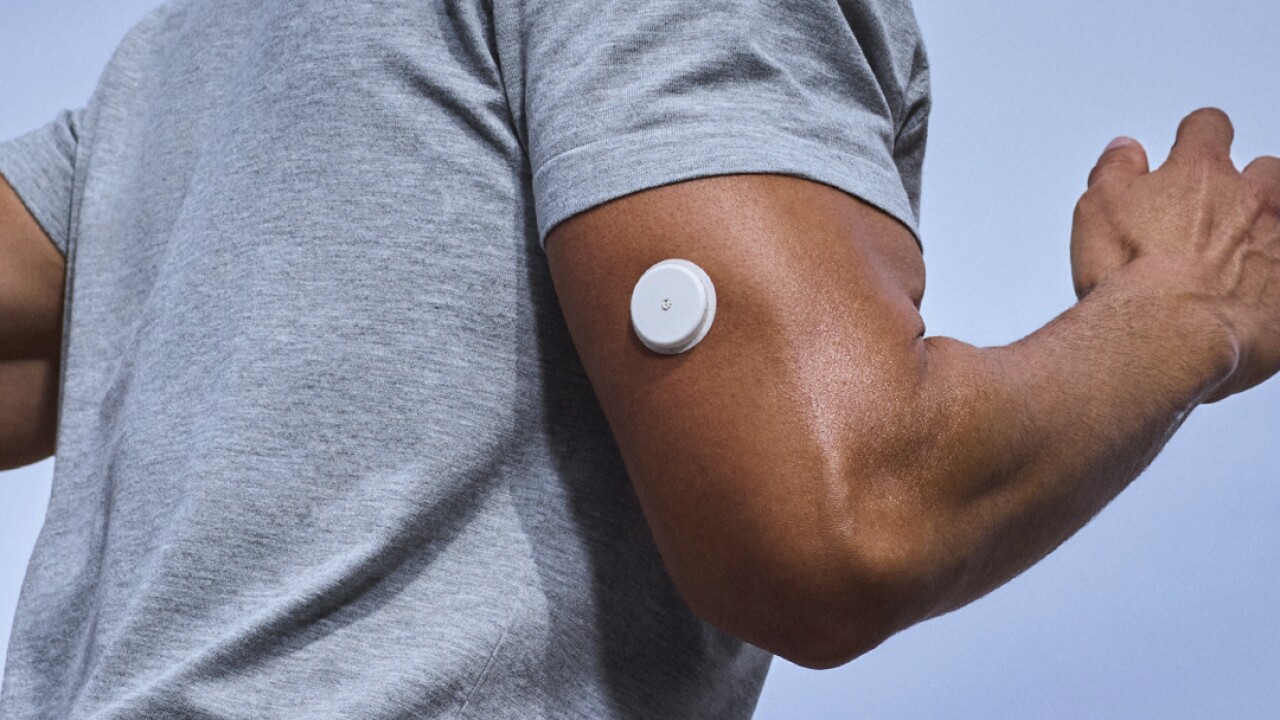The latest source of excitement and hope in the expanding craze for wearable health technology is a quarter-sized gadget that monitors the rise and fall of blood sugar levels.
Health Secretary Robert F. Kennedy Jr. recently told federal lawmakers that continuous glucose monitors, which are tiny patches that give 24-hour insight into blood sugar levels, might be a tool for Americans to take charge of their own health.
“They are capable of accepting accountability,” Kennedy stated. They can start making wise decisions regarding their lifestyle choices, physical exercise, and diet.
For those who suffer from diabetes, a condition in which blood sugar levels stay elevated due to insufficient insulin production or insulin resistance, the devices can save their lives. More than 38 million Americans suffer from the illness, which increases the risk of major health issues like kidney and heart disease as well as visual loss.
LINKED STORY | An over-the-counter continuous glucose monitor will soon be available.
But among those without diabetes, the devices have becoming increasingly popular. High-profile marketers like Casey Means, the U.S. surgeon general nominee, have been driving sales.
According to Dr. Jody Dushay, an endocrine specialist at Beth Israel Deaconess Medical Center, there is little proof that the monitors are helpful for patients with normal blood sugar levels.
After meals, healthy bodies are able to efficiently control glucose levels and supply the energy required for daily operations. People may misunderstand typical blood sugar fluctuations that occur after meals or physical activity as a result of using glucose monitors. According to her, the devices can also be infamously wrong, giving false readings.
Wearing these has the drawback of potentially magnifying and causing disease where none exists, according to Dushay.
What you need know about the devices is as follows:
The gadget is a tiny patch that is often applied to the stomach or upper arm. It is around the size of two stacked quarters. A tiny sensor is inserted into the skin painlessly using a needle.
Every few minutes, the sensor sends a signal to a handheld display or a phone app that detects the amount of glucose in the fluid beneath the skin. Usually, the applications measure blood sugar levels and assist users in monitoring the items they consume and their effects on those levels.
Blood sugar levels in healthy individuals rise, peak, and decline in response to carbohydrate-containing meals.
A person without diabetes should have a fasting blood glucose level of between 70 and 99 milligrams per deciliter. The American Diabetes Association states that prediabetes is defined as having 100–126 mg/dL, and diabetes is defined as having more than 126 mg/dL.
According to the association, blood sugar levels in persons without diabetes can rise to 140 mg/dL or more within an hour after eating, then return to normal levels in two or three hours. It indicates that the body is handling sugar in a typical manner.
These devices were exclusively offered to diabetics for decades. By enabling more exact insulin adjustments for diabetes treatment and enabling more precise meal and activity modifications, the monitors transformed healthcare.
The first over-the-counter monitors were approved by the U.S. Food and Drug Administration last year. Numerous businesses have since surfaced to promote them, claiming to offer comprehensive, customized health monitoring. Typically, the monthly cost is around $100.
Customers who are interested in how food and exercise impact their blood sugar levels have taken a strong interest in them. For example, according to Alexander Fabry, a company executive, Noom, a weight-loss and fitness app, introduced a blood glucose feature last year that has been incredibly popular.
According to him, the great majority of those utilizing a CGM are not diagnosed with diabetes.
For diabetics, the devices have saved their lives. Additionally, they may be beneficial for those who have a family history of the disease, obesity, prediabetes, gestational diabetes, or other risk factors for the condition.
According to Dr. Alaina Vidmar, a pediatric obesity specialist at Children’s Hospital Los Angeles, the gadgets can show users in almost real-time how particular dietary and exercise choices impact their blood sugar levels.
You might see your blood sugar rise after a big lunch and discover something about yourself, Vidmar added. For instance, when I consume a Coke with added sugar, my blood sugar spikes quickly. And perhaps I’m not feeling as well.
According to Dr. David Kessler, people who don’t have any risk factors for diabetes can use the monitors out of curiosity. Although Kessler, a former FDA commissioner, does not have diabetes, he spent a few months wearing a monitor while conducting research for his most recent book, Diet, Drugs, and Dopamine.
“If you are so inclined, I think it’s a very interesting tool to experiment with,” Kessler said.
However, he pointed out that neither disease diagnosis nor treatment can be done with the gadgets. When it comes to interpreting blood sugar data and offering health advice to individuals without diabetes, even professionals cannot agree.
According to him, no one is aware of what is ideal in the nondiabetic state.
Dushay invites patients to think about why they are using a monitor.
What do you anticipate learning from the data? “I said,” she said. Why would you want to wear that monitor?






